Wildlife
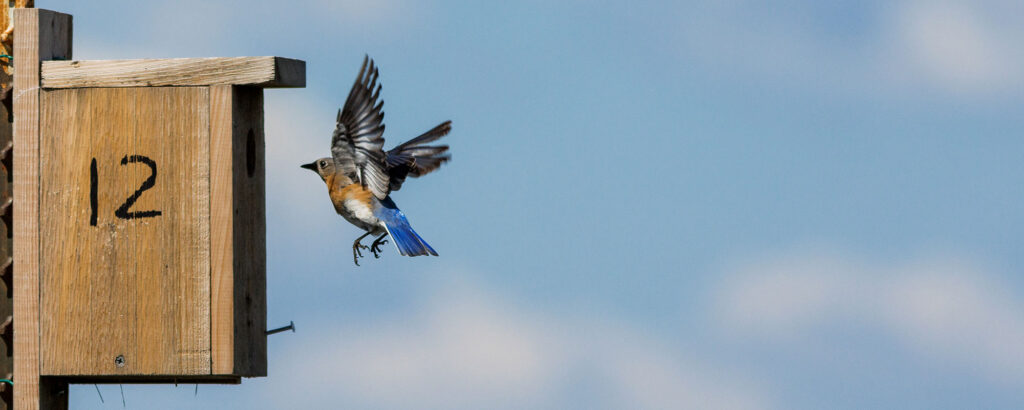
Eastern Bluebird Nest Boxes
Bluebird populations declined during most of the twentieth century, with lack of nesting areas being a contributing factor. This article discusses proper bluebird habitat and includes construction plans for nest boxes.
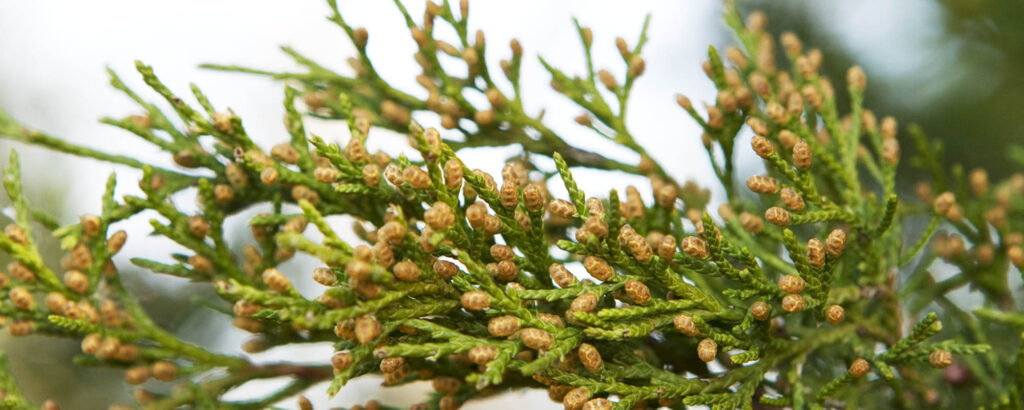
Eastern Red-cedar: Positives, Negatives and Management
Eastern red-cedar (Juniperus virginiana) is a native evergreen tree. This now very common tree was once limited to rocky bluffs, deep canyons and other areas where fire historically did not occur.
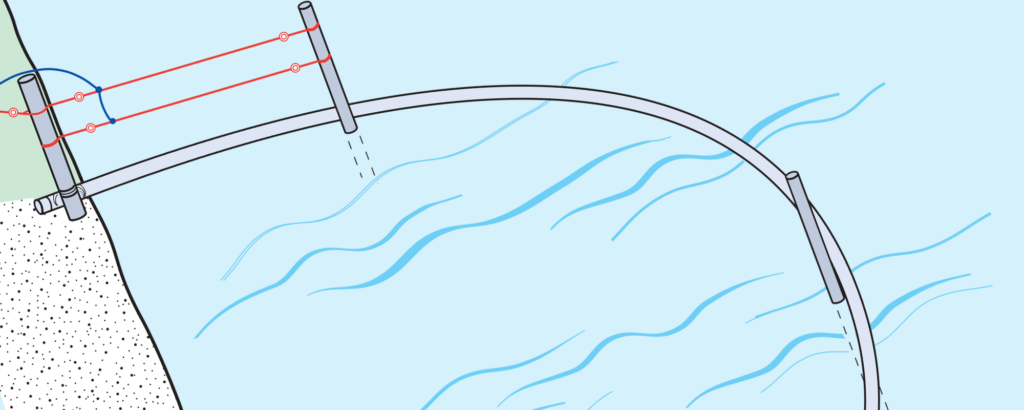
Floating Polyethylene Pipe for Livestock Water Access at a Fenced Pond
Diagram of a polyethylene pipe floating livestock water access point.
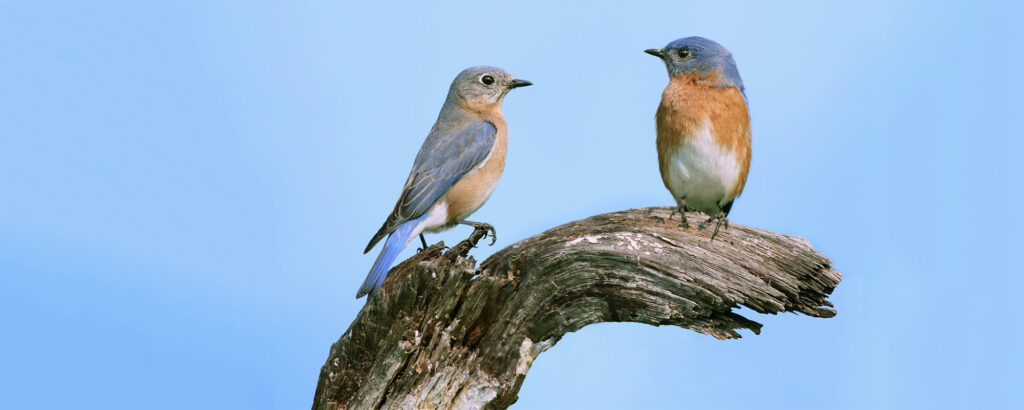
How to Attract Wildlife to Your Property
Attracting wildlife to ones property can be enjoyable and rewarding. This fact sheet describes how to attract desirable species and discusses the importance of managing native habitats and habitat management practices.
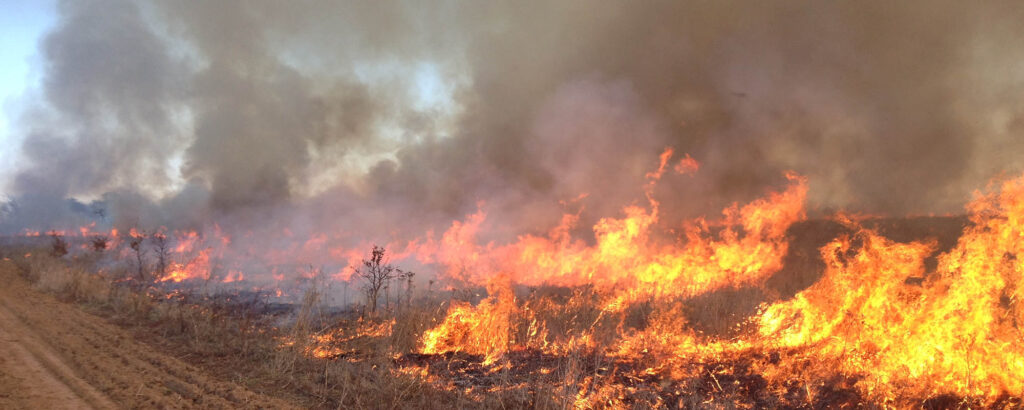
Key Concepts Regarding Prescribed Fire
Fire is an important process in the ecology of most native plant and animal communities, especially in uplands. This fact sheet highlights items that a land manager new to prescribed fire should consider when learning to use and implement prescribed fire.

Livestock Water Access Point in Pond Fence
Diagram of a pond fence with a livestock water access point.
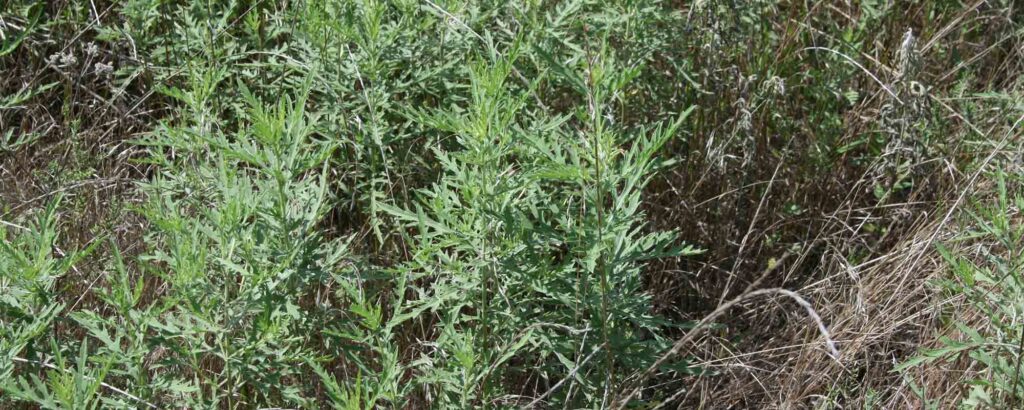
Quality of Native Plant Forage Species Important to White-tailed Deer and Goats in South Central Oklahoma
Deer or goat production can be viable enterprises for many landowners. In many areas, native forb and woody plant communities are capable of meeting the nutritional requirements of deer and goat. Adequate nutrition is one of the building blocks for successful deer or goat production.
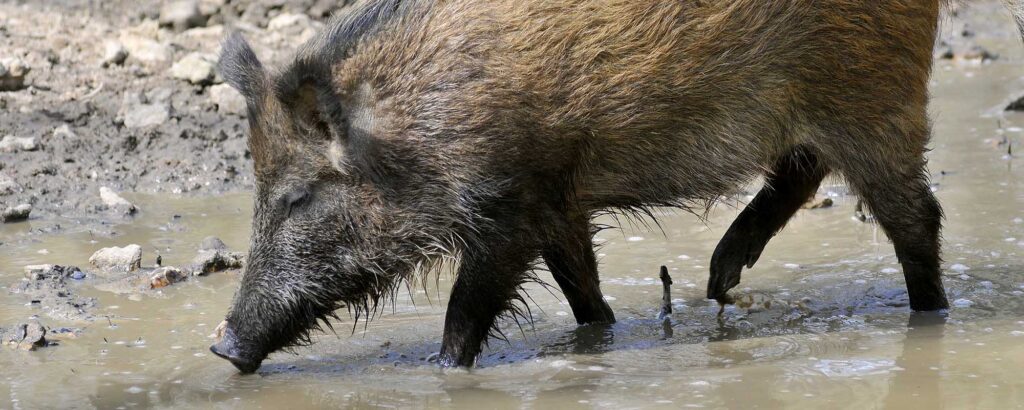
The Feral Hog in Oklahoma
As feral hog populations have expanded, debate about the pros and cons of their presence has become more intense. Many landowners, especially farmers, cringe at the thought of feral hogs becoming established on their property.
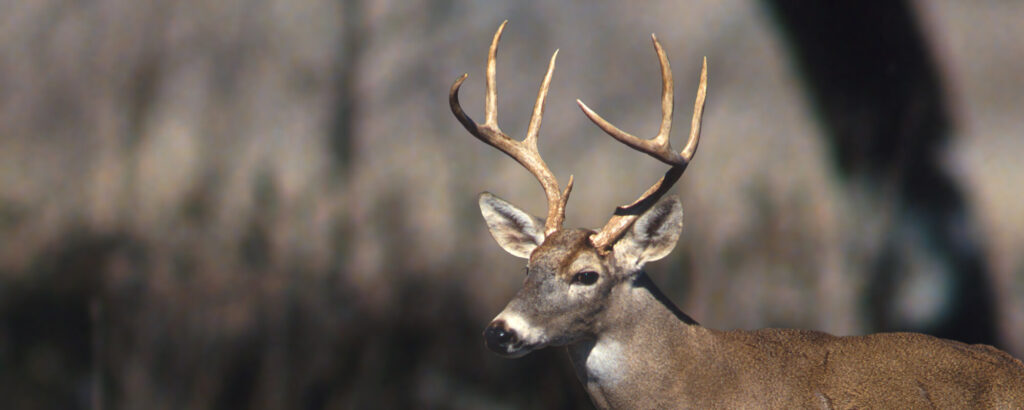
White-tailed Deer Antler Score: A Pictorial Presentation
From a hunting and economic perspective, white-tailed deer, Odocoileus virginianus, is the most important wildlife species in the eastern half of the U.S. More landowners and hunters in this region are interested in white-tailed deer than in any other wildlife species.